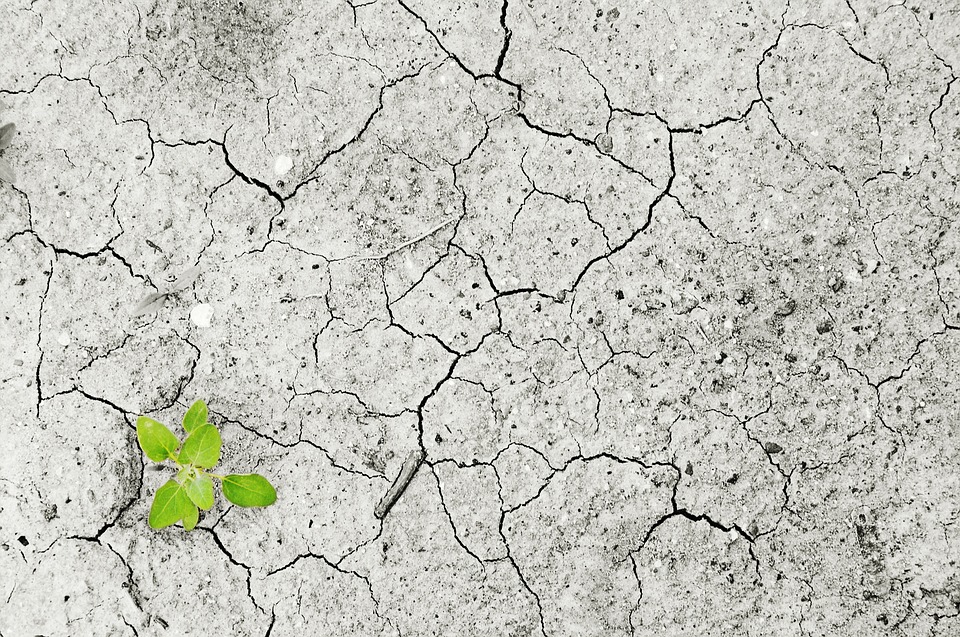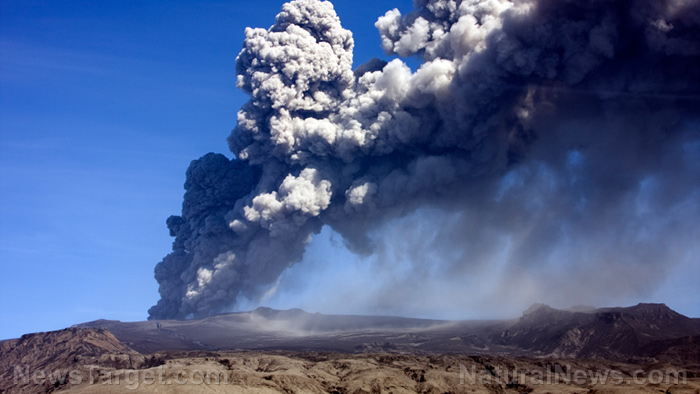Scientists urge US to fund geoengineering research while admitting climate intervention is “dumb and risky”
04/05/2021 / By Virgilio Marin

The United States should pursue research into solar geoengineering to cool Earth even if climate intervention carries a lot of risks. This is according to a statement made by the National Academies of Sciences, Engineering and Medicine (NASEM) said on March 25.
Solar geoengineering involves increasing the amount of radiation that gets reflected back to Earth to cool the planet. It is a form of geoengineering or the deliberate modification of Earth’s natural systems to tackle climate issues.
In a new report, a panel of scientists recommended allotting $40 million a year to ramp up solar geoengineering research. In particular, it suggested looking into spraying reflective aerosols into the atmosphere, thinning high-altitude clouds and brightening low-altitude marine clouds.
“Climate engineering is a really dumb idea, but it might not be as dumb as doing nothing at this point or continuing to do what we’ve been doing,” Lynn Russell, an atmospheric chemist at the University of California, San Diego and a co-author of the report, told Associated Press. “It has a lot of risks and those are important to learn as much as we can about.”
Scientists warn that geoengineering may disrupt precipitation patterns, agricultural productivity and food supplies worldwide. At the same time, there is no international agreement that sets standards for geoengineering.
The report acknowledged those risks and suggested establishing “exit ramps” to end research if unacceptable hazards were found. It also proposed conducting geoengineering experiments in close coordination with other nations. (Related: First it was a “conspiracy theory,” now the mainstream media says geoengineering will fix global warming.)

Peter Frumhoff, the director of science and policy at the Union of Concerned Scientists and a member of the panel, clarified that the report was meant to lay the groundwork for more informed decisions about whether or not geoengineering should be taken seriously.
Waleed Abdalati, a former scientist at the National Aeronautics and Space Administration who served on a similar geoengineering panel in 2015, put it this way: “It is not so much playing with fire as it is researching fire, so that we understand it well enough to deploy, if necessary.”
Critics say no to geoengineering
Mark Jacobson, a professor of civil and environmental engineering at Stanford University who was not involved in the report, said that geoengineering would accomplish nothing but destroy the environment. He explained that geoengineering would encourage the exploitation of the planet’s natural resources by temporarily masking an increase in temperature.
“All it does is increase air pollution, killing more people in the end, while reducing the sunlight available for food production, biological activity and vitamin D production for people on Earth,” he told Clean Technica.
“Under no circumstance should we permit geoengineering such as this to be considered as a potential solution to any problem on Earth,” Jacobson went on.
Raymond Pierrehumbert, a professor of physics at the University of Oxford who was also not involved in the report, conveyed his distaste for the term “geoengineering.” He said that the word made it sound like humans had control over Earth’s temperature in much the same way as they controlled a room’s temperature with a thermostat.
Jennie Stephens, the director of Northeastern University‘s School of Public Policy and Urban Affairs, warned that geoengineering’s effects could be distributed unequally.
“The world is in the place we’re in because we’ve had this concentration of wealth and power. This would actually exacerbate and further concentrate power among a few,” Stephens said. “This is something that a few elites are going to control, and it’s going to have impacts on everybody else.”
Indeed, some globalists have provided funding to ongoing geoengineering projects. Microsoft founder Bill Gates, for example, is backing a sun-dimming study that attempts to spray the sky with reflective particles to cool the planet.
With the help of the Swedish Space Corporation, Harvard University researchers who are behind the study will fly a test balloon over Sweden this year to test how to maneuver the balloon and check equipment at high altitudes. If the test flight goes well, the researchers can release a tiny amount of calcium carbonate into the atmosphere as part of another experiment. (Related: Bill Gates’ “block the sun” SCoPEx balloon launch experiment in Sweden hits a snag as environmental groups express criticism.)
Learn more about the dangers of interfering with Earth’s perfectly fine climate at Geoengineering.news.
Sources include:
Tagged Under: bad climate, bill gates, Climate, climate change, climate intervention, cloud brightening, environ, environment, geoengineering, globalists, insane, solar geoengineering, terraforming





















